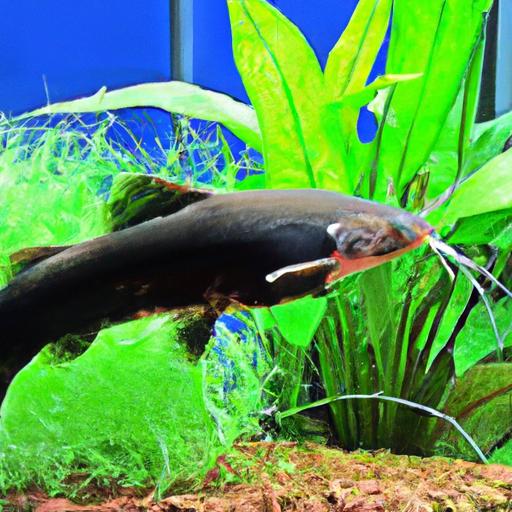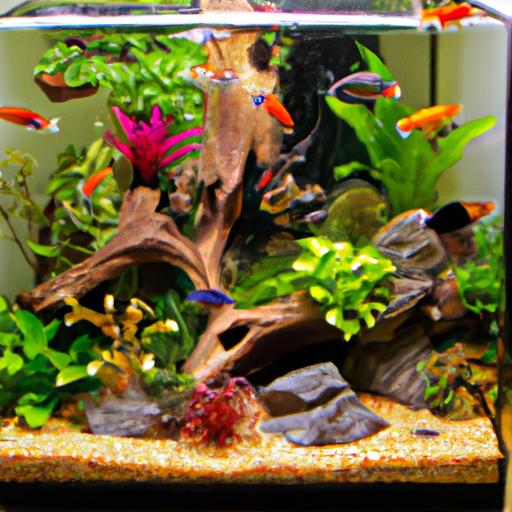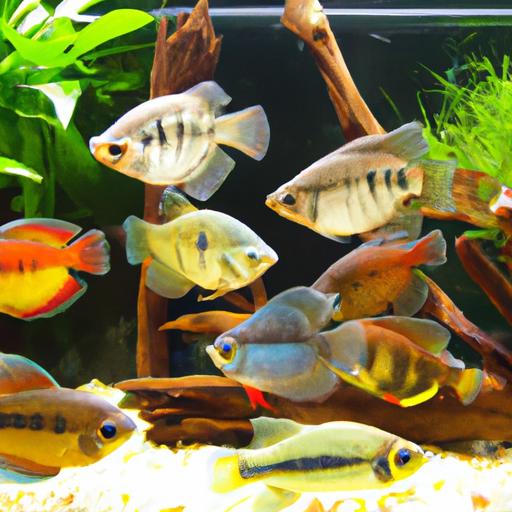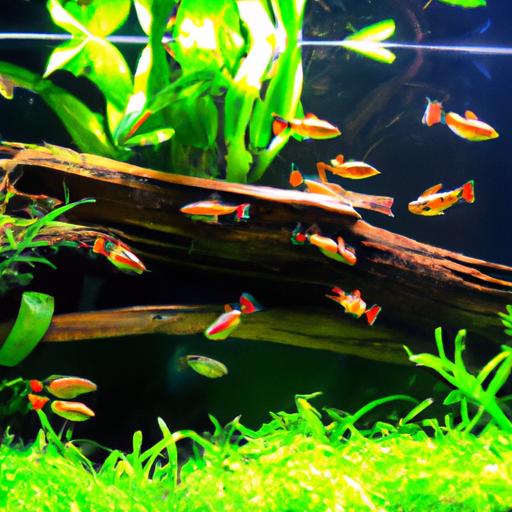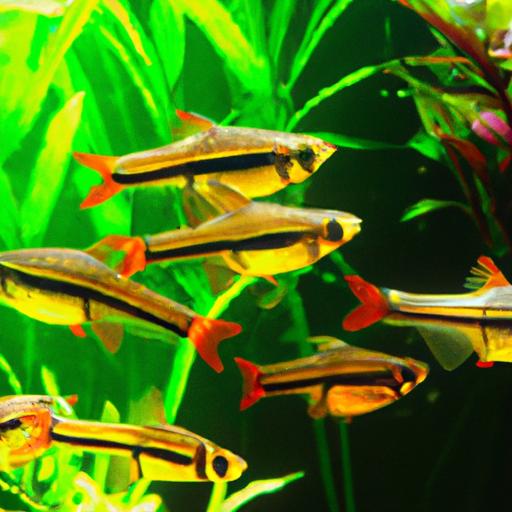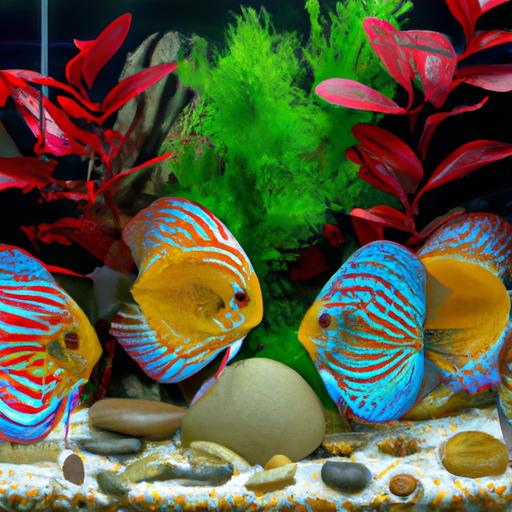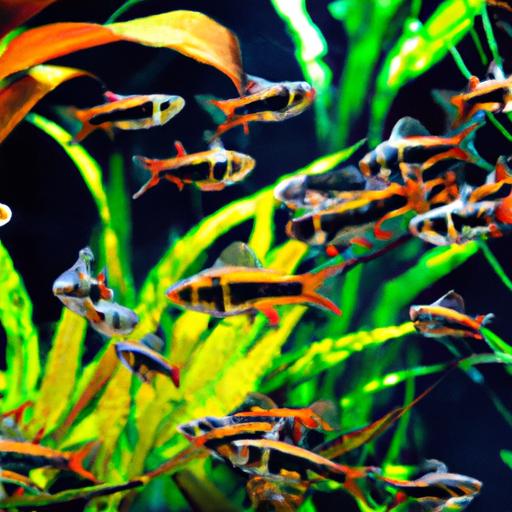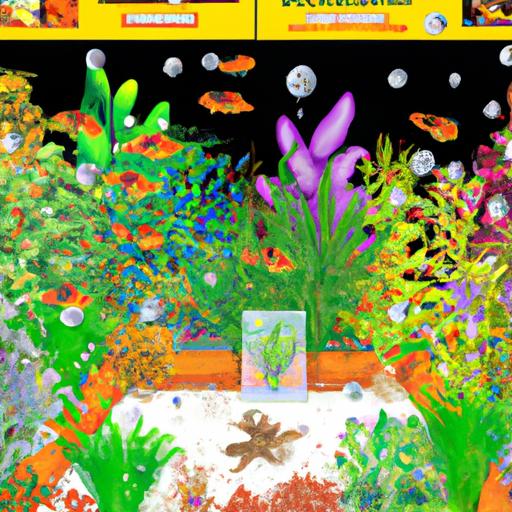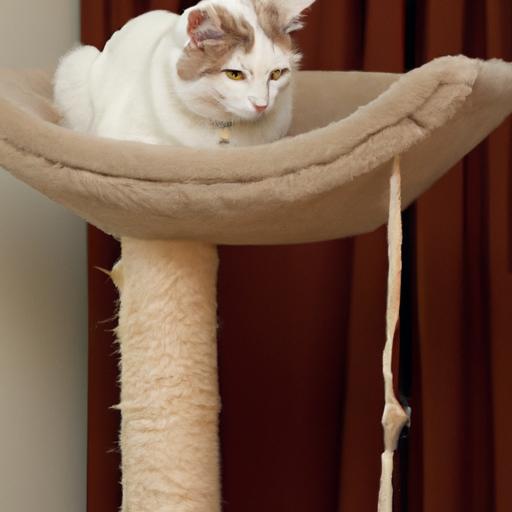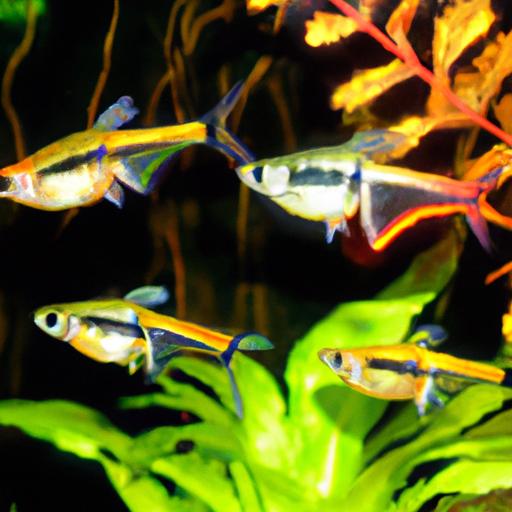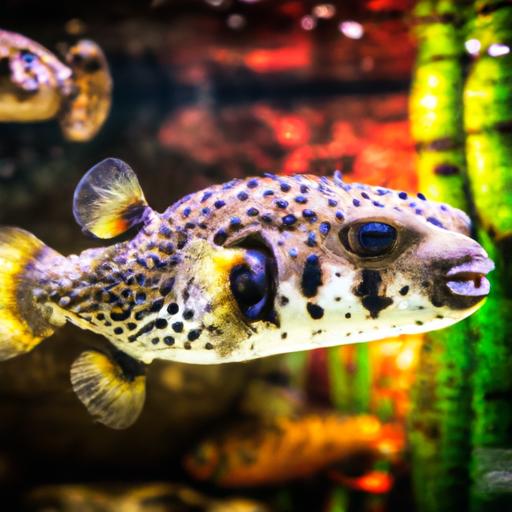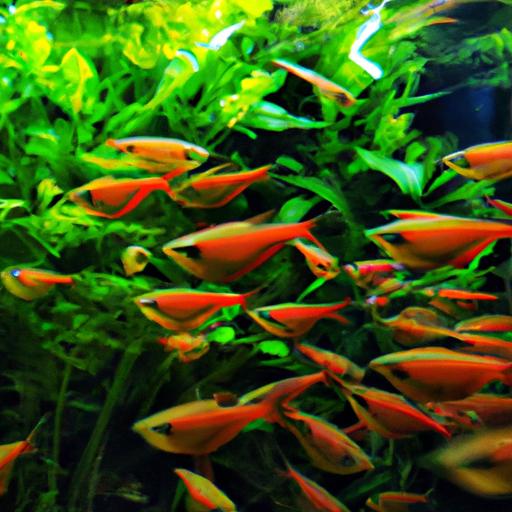
Tips for Successful Care of Cherry Barb Fish
Learn essential tips for successful care of cherry barb fish. Discover how to set up the ideal tank, provide a balanced diet, and create a suitable habitat.
Introduction
Cherry barb fish have become increasingly popular as aquarium pets due to their vibrant colors and peaceful nature. However, ensuring their well-being requires proper care and maintenance. In this article, we will provide you with valuable tips to successfully care for your cherry barb fish, ensuring they thrive in their aquatic habitat.
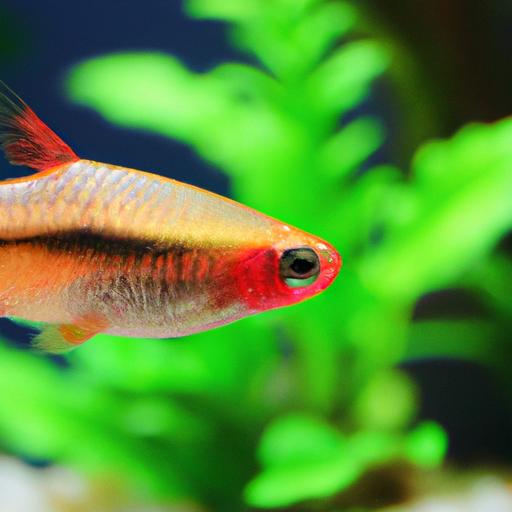
Tips for Successful Care of Cherry Barb Fish
1. Setting up the Ideal Tank
To provide the best environment for your cherry barb fish, it’s crucial to set up an ideal tank. Opt for a tank size of at least 20 gallons to accommodate a small school of these active fish comfortably. Ensure that the tank is equipped with a reliable filtration system to maintain water quality. Cherry barbs prefer slightly acidic to neutral water, so aim for a pH range of 6.5 to 7.5. Additionally, maintain a water temperature between 72°F and 78°F, as this replicates their natural habitat.
2. Providing a Balanced Diet
A well-balanced diet is essential for the health and vitality of your cherry barb fish. These omnivorous creatures enjoy a varied diet consisting of both live and prepared foods. Offer them high-quality flakes or pellets specifically formulated for tropical fish, but don’t forget to supplement their diet with freeze-dried or frozen foods like bloodworms, daphnia, or brine shrimp. Feed them small portions two to three times a day, ensuring they consume the food within a couple of minutes.
3. Maintaining Water Quality and Temperature
Consistent water quality and temperature are paramount for the well-being of cherry barb fish. Perform regular water tests to monitor ammonia, nitrite, and nitrate levels, and conduct partial water changes as necessary to maintain optimal conditions. Remember to use a dechlorinator when adding new water to the tank. Fluctuations in temperature can stress cherry barbs, so utilize a reliable heater and a thermometer to maintain a stable temperature within their preferred range.
4. Creating a Suitable Habitat
Cherry barb fish appreciate a well-decorated tank that mimics their natural environment. Incorporate live or artificial plants to provide hiding spots and create a sense of security. Dense vegetation along the sides and back of the tank will help shy individuals feel more comfortable. Additionally, consider adding driftwood or rocks to provide additional hiding places and create natural boundaries within the aquarium. Ensure there is enough open swimming space, allowing them to exhibit their active nature.
FAQ (Frequently Asked Questions) about Cherry Barb Fish Care
Q1: Are cherry barb fish compatible with other fish species?
Yes, cherry barbs are generally peaceful and can coexist with a variety of fish species. However, avoid keeping them with aggressive or fin-nipping fish, as this may lead to stress and injury. Good tankmates for cherry barbs include peaceful community fish such as tetras, rasboras, and gouramis.
Q2: How long do cherry barb fish live?
With proper care, cherry barb fish can live for approximately 4 to 6 years. Maintaining a suitable environment, providing a balanced diet, and monitoring their health regularly can contribute to their longevity.
Q3: How do I breed cherry barb fish?
Breeding cherry barbs can be an exciting endeavor. Create a separate breeding tank with gentle filtration and fine-leaved plants for the female to deposit her eggs. Condition the fish with high-quality live and frozen foods before introducing them to the breeding tank. Once the female lays the eggs, remove the parents to prevent them from consuming the eggs. The eggs will hatch in about 24 to 48 hours, and the fry can be fed infusoria or commercial liquid fry food.
Conclusion
By implementing the tips provided in this article, you can ensure the successful care of your cherry barb fish. From setting up the ideal tank to maintaining water quality, providing a balanced diet, and creating a suitable habitat, these guidelines will help promote the well-being and longevity of your vibrant aquatic companions. Remember to always monitor their health, be attentive to their behavior, and make adjustments as necessary. With proper care, your cherry barb fish will flourish, adding beauty and tranquility to your aquarium.
